Why Your $100,000 Branded Video Won’t Outperform a $100 Testimonial
User-generated content is becoming the go-to creative strategy for growth teams.
Most marketing teams are using the same video strategy from 2015: drop $50k-$100k for a cinematic brand video, spend 3-6 months with an agency to plan and edit, and pray that one perfect asset will work everywhere.
Sometimes it does.
Think of Humane’s AI Pin and Rabbit r1 launches that racked up millions of views across social and video platforms.
It turns out that creator review videos of the same products racked up millions more, often with sharp, critical takes that stuck longer than the brand’s own narrative. Viral reach on a single brand video doesn’t guarantee lasting impact.
Even then, the truth is, these big-budget brand videos are outliers.
For most companies, they quietly flop. And while you’re waiting months for the final cut, your competitors are flooding feeds with UGC, shipping ten different creator clips in the same time it takes you to approve one studio edit.
One team I work with was ready to spend $100K on a launch video for their new AI design tool. Instead, we redirected that budget into a UGC engine: testimonials, creator reactions, and product walkthroughs. They launched in two weeks, with more assets across the funnel and higher conversions.
The real risk with branded video isn’t just cost. It’s time and lack of diversification. One asset, one bet, and if it misses, you’re stuck. UGC saves time, reduces cost, and gives you dozens of creative bets instead of one.
Yet only two teams have asked me for a UGC strategy this year… because most teams still haven’t realized they’re already behind.
What is user-generated content, and who is it for?
User-generated content are videos made by real users, creators, or customers, as opposed to your team or creative agency.
These videos:
Use a first-person point of view (leveraging trust)
Sound like real people (because they are)
Take days or weeks to produce (not months)
Cost hundreds of dollars (not tens of thousands or more)
Not only that, but they also perform better:
Users who interact with UGC convert at 102% higher than average
Paid ads with UGC see 4x higher CTR and 50% lower CPC than studio content
85% of people trust UGC more than branded content, with 77% saying it influences their buying decisions
The benefits are so clear that major brands are making UGC part of their winning strategy:
Duolingo has adopted a UGC-first persona by creating unpolished, vertical phone-shot videos.
Canva and Replit are filling their own brand feeds with more talking-head creator-explainer videos with large dynamic captions, rather than polished scripted brand films.
Shopify has leaned heavily into UGC, realizing that when a micro creator explains a product release in their own words, it resonates far more than anything a brand can script.
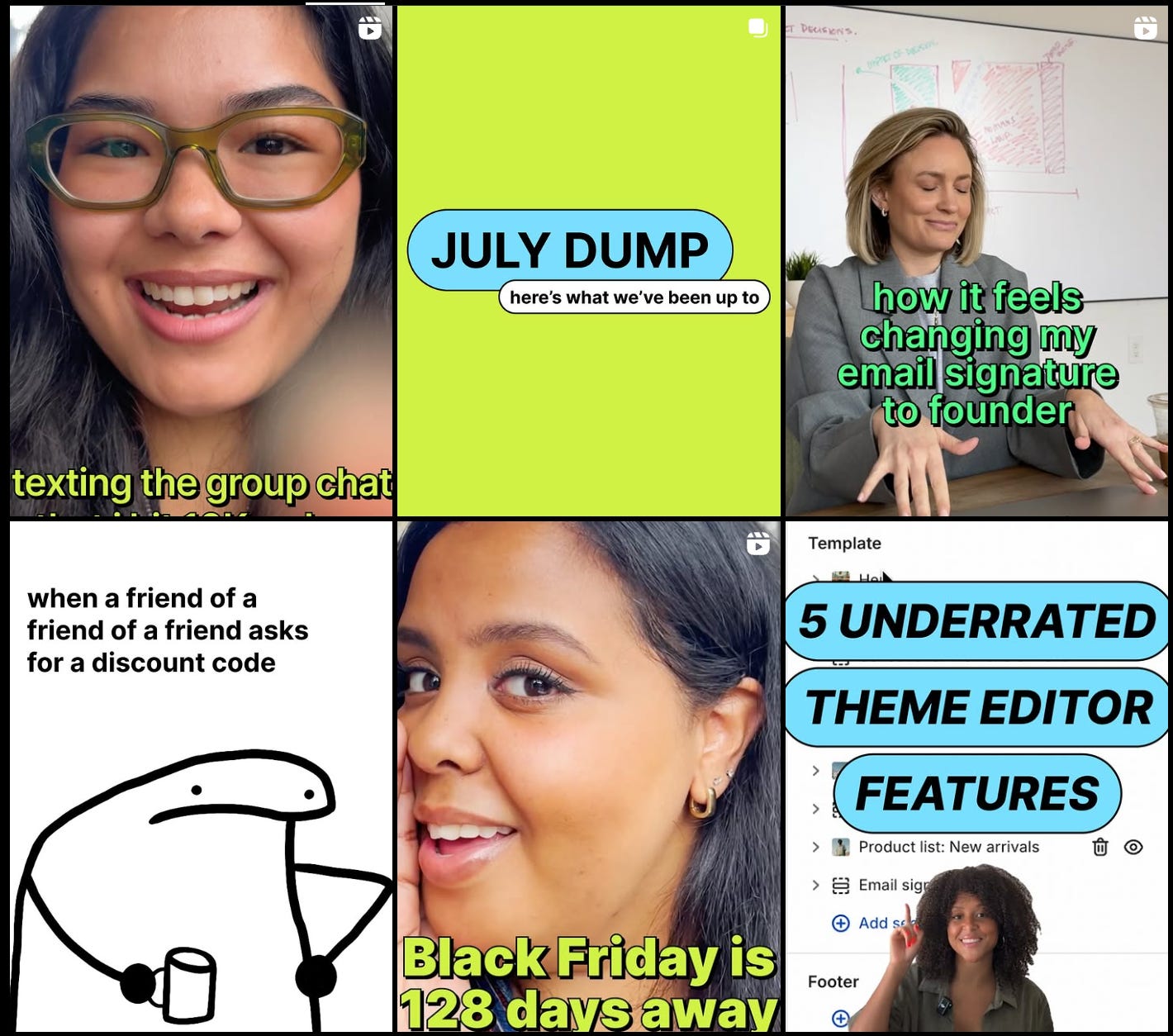
So what’s the secret these companies have found out - and why are they doubling down on it?
What makes UGC so effective
What makes UGC feel effortless is exactly what makes it effective. It meets audiences where they are and solves problems branded content often struggles with:
1. It avoids creative fatigue
One of the biggest challenges in growth marketing is creative fatigue.
Branded content takes so long to produce that you quickly end up needing a refresh. But unless you’re launching a new feature, shifting personas, or rebranding entirely, it’s rarely worth the cost and effort to update existing creative.
UGC solves this by being ephemeral on purpose.
Because it’s built around real-time social conversation, like what people are saying, the humor they’re using, and the way they explain things, it moves at the speed of the internet. It’s fast and low-cost to make, so you can constantly turn over new variations without the stress of a full creative cycle.
2. It’s authentic
Unlike branded content, UGC doesn’t feel scripted… because it isn’t. It’s crafted in the creator’s own words, with their phrasing, tone, and context.
Viewers don’t feel like they’re being sold, they feel they’re being shown something by someone just like them. That change in tone is subtle, but it’s exactly why UGC consistently outperforms traditional creative in conversion metrics.
3. It benefits from creator trust
Influencers are usually trusted by their audiences, so when they promote a product, it comes across as advice, not an ad. People trust people, even when they only know them virtually.
For this to work, you don’t even need someone with a massive following. Nano creators, with just a few hundred followers, can be equally (if not more) effective. Their content feels genuine, and they have no incentive to misrepresent, which makes the message even more believable.
To the viewer, this feels like entertainment in their scroll feed.
4. It’s cheaper and faster to make
UGC doesn’t require a six-figure video budget.
Most teams start by offering free product to nano influencers or allocating a few hundred dollars for short videos. Creators work at their own native, quick pace, so you’re not stuck in production cycles that take months, or battling for stakeholder sign-off on a big budget.
The barrier to entry is low, and the speed to publish is fast. You can brief, record, and publish in a matter of days.
How to develop your UGC strategy
Once you’re convinced UGC is the way to go, the next question is: how do you actually make it happen? Here’s my step-by-step guide to building your UGC engine:
1. Search for creators who align with your brand
The first step is to find creators who genuinely align with your brand and target audience. UGC is highly dependent on trust and picking a creator who doesn’t fit might backfire.
Where can you find these people? Where they hang out: social video platforms. Use native search to find creators whose content aligns with your target audience’s interests, style, and geographies.
Once you’ve found the right creators, reach out and offer either free products or the value you can allocate from your video creative budget.
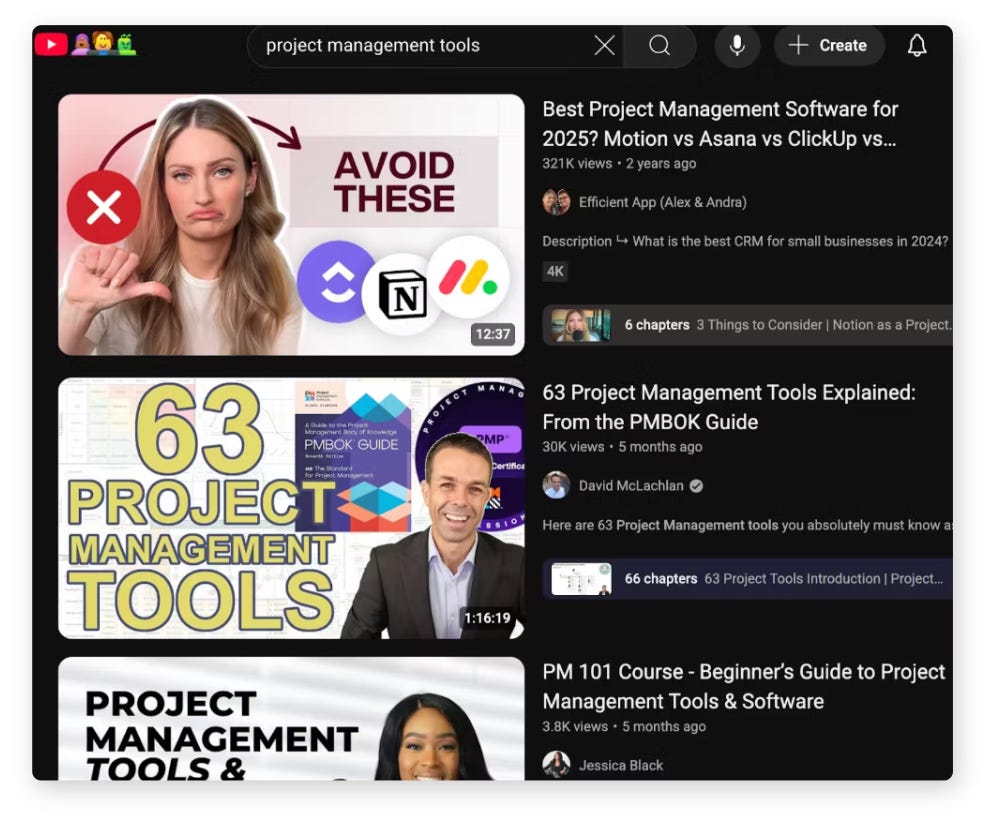
2. Ask for whitelisting rights
Whitelisting allows you to publish an ad under a creator’s profile, under their name instead of your brand’s. It’s the same content you would otherwise publish on your account, but it signals more authenticity as it builds on the creator’s trust with their audience, while still allowing you to control the message.
During my time at Descript, we used this strategy, and some of our top-performing ads were whitelisted creator posts.
3. Use AI tools to generate videos
If you’re on a tight budget or don’t have creators identified yet, AI can help you simulate the look and feel of user-generated content.
Tools like HeyGen let you create talking-head avatars using your team members or even a custom persona. Platforms like Creatify AI make it easy to generate short-form product explainers: upload screenshots or video snippets, write a basic script, and it handles the rest.
These tools don’t replace real creator content, but they’re a solid way to increase volume and experiment with messaging while you ramp up your UGC program. Think of them as a complement to the real thing, not a replacement.
4. Content formats to never run out of ideas
A founder recently asked me: “I’m not really a creative person. What do I tell the creator to make?” Here are a few proven formats that work across the funnel:
Testimonials: ask an influencer to share why they love your product. A few guiding questions help the content focus on the points you want to share with your audience. Once you have the testimonial, add it to your landing pages and to retargeting ads.
Tutorials or demos: walkthroughs of how someone uses your product make great content for video ads placements on social or Google. They also work well on landing pages and onboarding flows.
Here’s an example for Descript.
Before and after: this kind of content does a fantastic job in showing the transformation your product promises to your users. It gives them a glimpse of what life can be like once they become a user of the product. It works well in paid social ads.
Reaction or unboxing: show someone’s first reaction to the magic of your product. It creates in viewers a sense of FOMO, and wanting to experience that themselves. It works especially well on organic social or paid social video ads.
Here’s an example of a creator reacting to using Midjourney for the first time.
Day in the life: this type of content allows viewers to see how your product integrates into a daily routine. It’s great for video ad placements on YouTube or Instagram Reels.
Here’s an example of a creator that shows her weekly routine while promoting products that she uses, like Davinci Resolve.
Why this matters now
In 2025, user-generated content is rewriting the rules for how trust, speed, and scale work in marketing. Customers trust real people more than studio polish. Teams need content that evolves with trends, not videos that take a quarter to ship. And every growth leader is looking for ways to do more with less. UGC delivers on all three.
And this isn’t just for consumer brands: B2B teams are using UGC to humanize their product stories, amplify reviews, and create content that feels more credible and authentic.
Finally, UGC works across the entire funnel, from organic awareness to paid acquisition to landing page conversion, making it a powerful, scalable growth lever.
The takeaway isn’t that you should abandon branded content altogether. It’s that you can’t afford to rely on it alone, in a market where attention is short and fatigue is high.
Getting started with UGC? If you want to get it right from the beginning, feel free to reach out. I'd love to help.



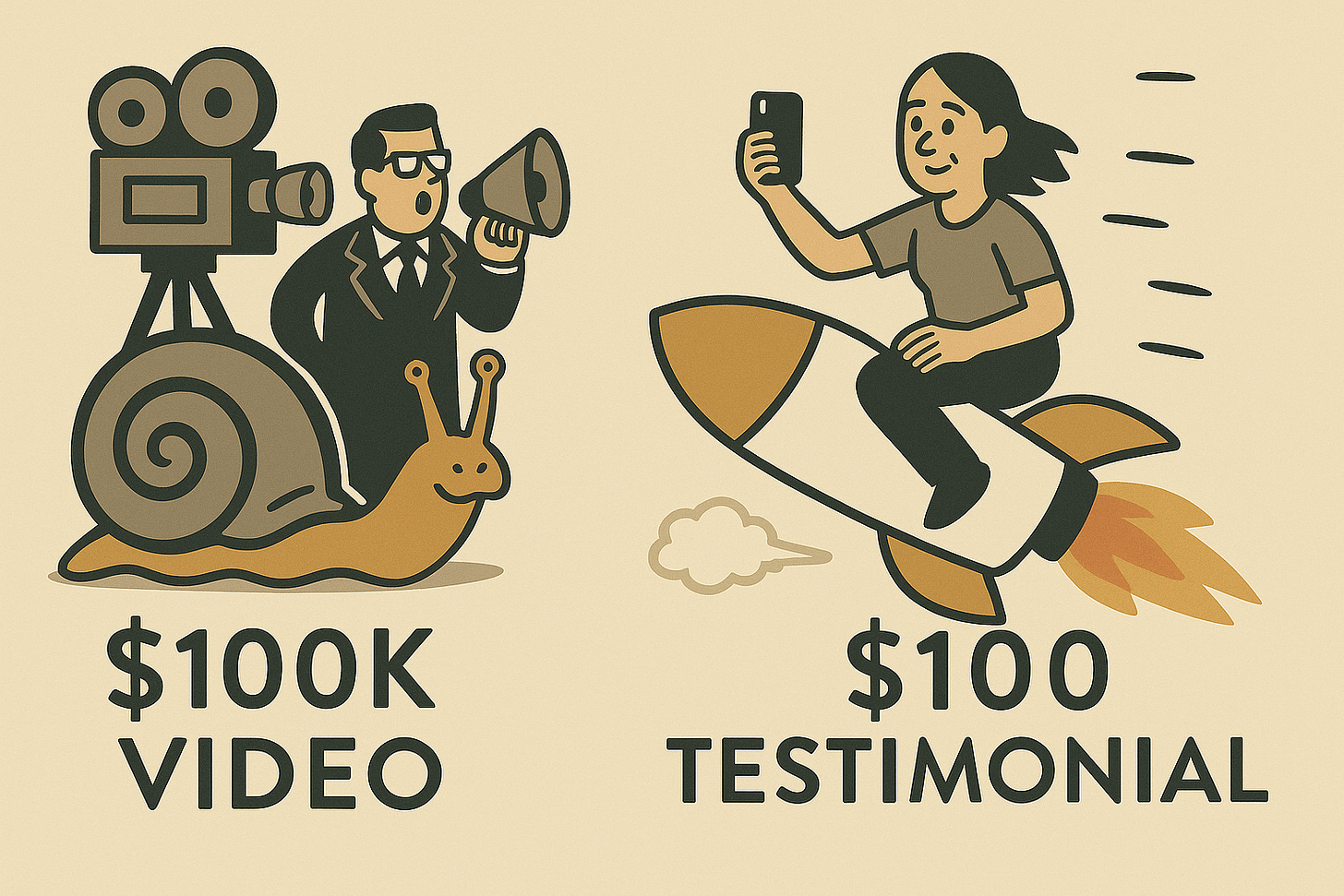
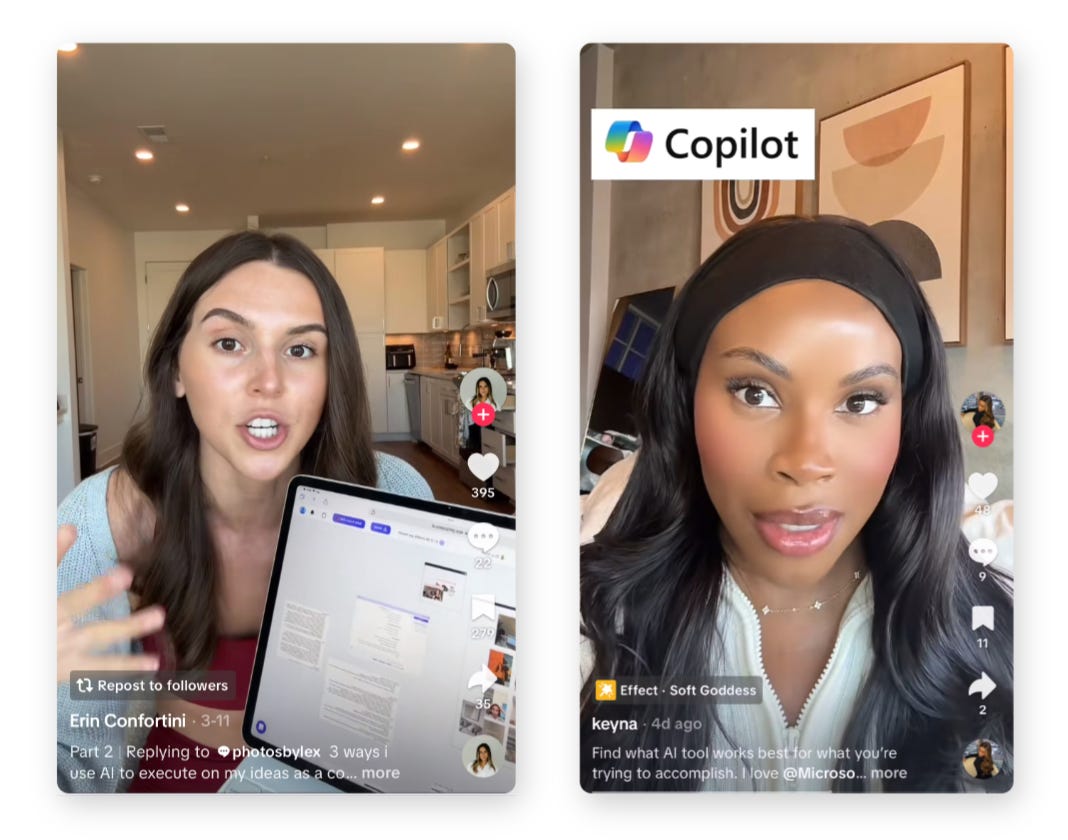
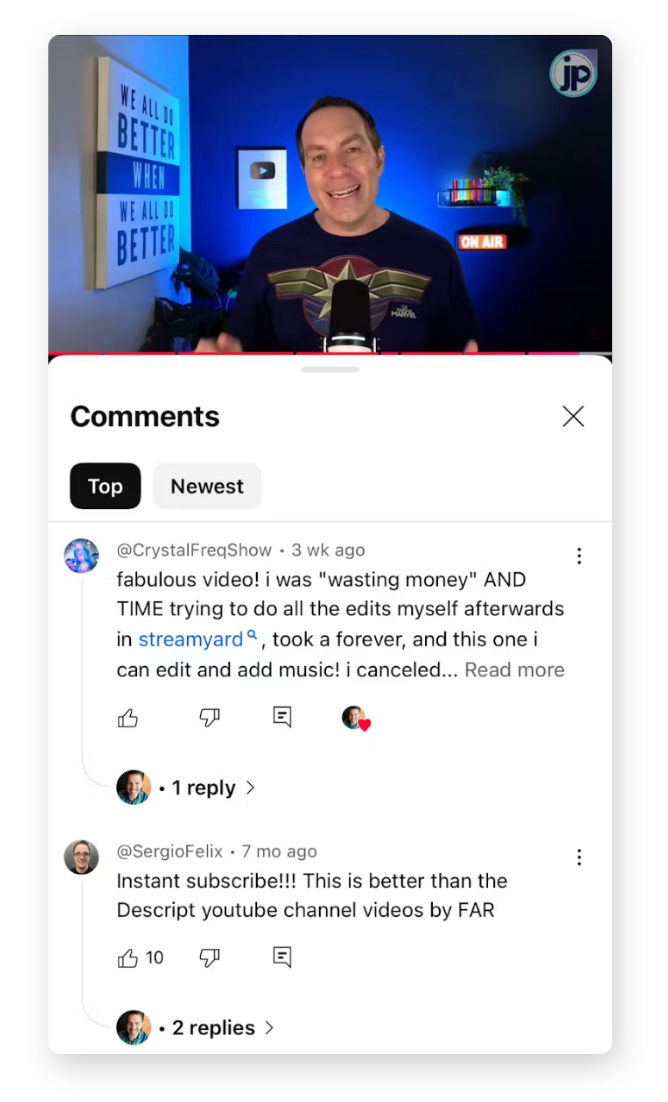
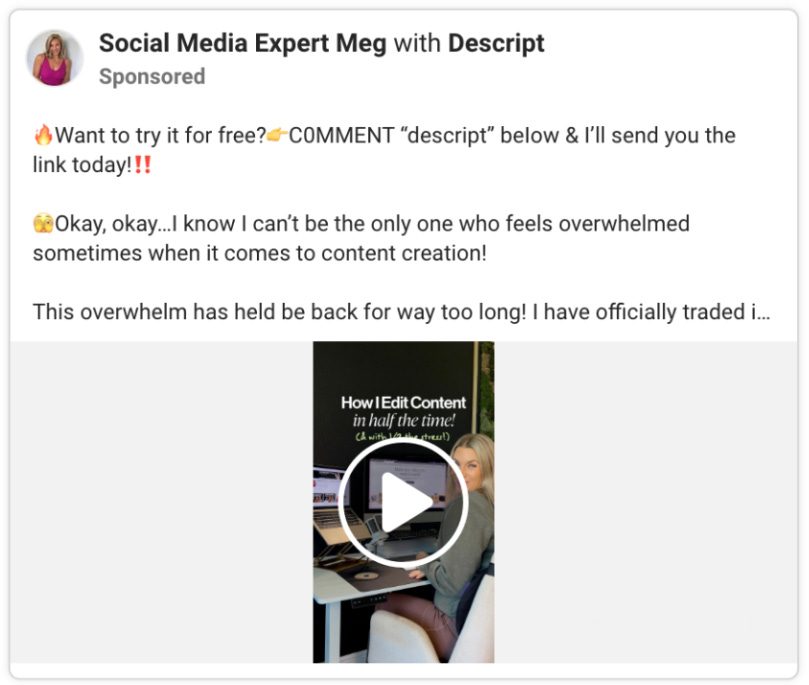
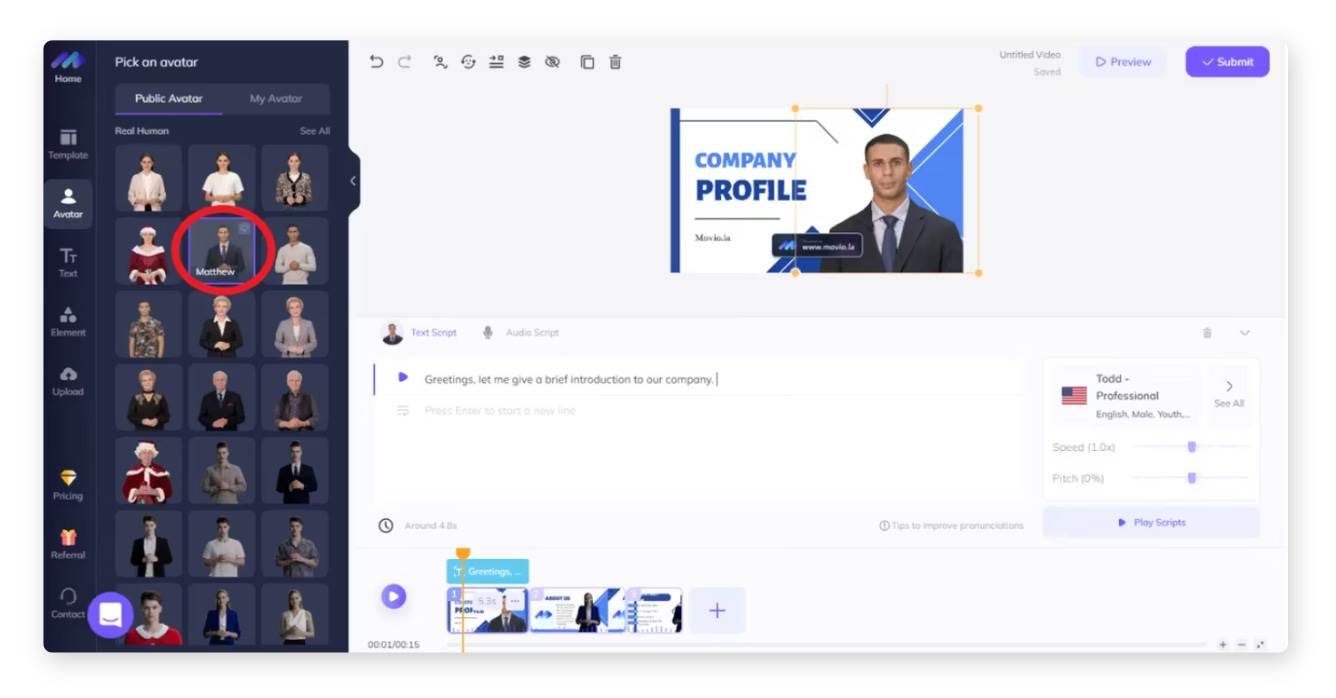
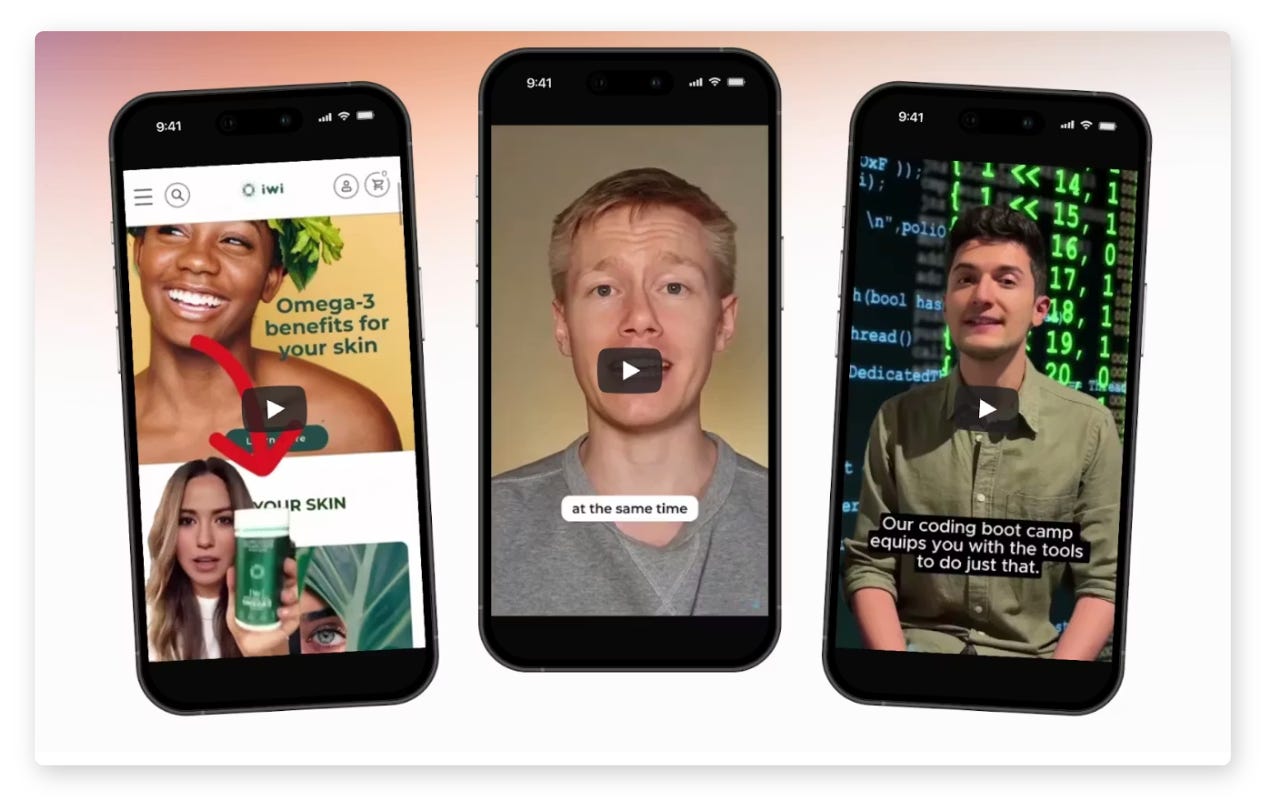
Totally agree. And very good insights! Btw how do you measure the impact of these micro influencers?